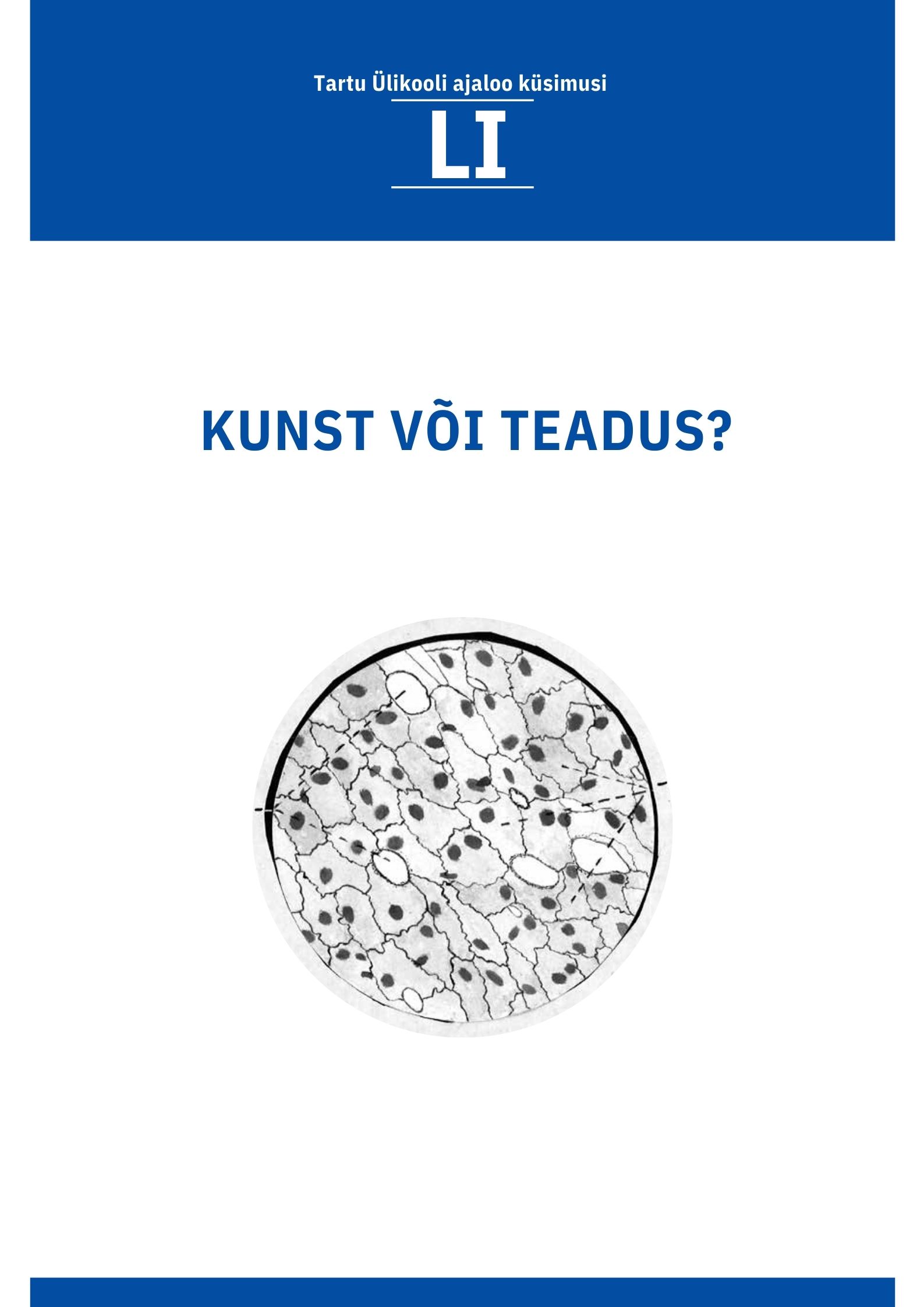Etnograafilised joonistused Eesti Rahva Muuseumis: liivi välitöömaterjalide näide
Ethnographic Drawings in the Estonian National Museum's Collections on the Example of Livonian Fieldwork Materials
DOI:
https://doi.org/10.15157/tyak.v51i.23350Abstract
The primary purpose of ethnographic illustration has been to clarify
the text, and to visualize verbal descriptions. In a drawing it is
possible to distinctly convey, for example, constructional structures
or patterns, the verbal description of which would be much more time-
consuming and complicated. The role of ethnographic drawings in
anthropology and museum work has changed considerably over time,
both in terms of technological development and methodological and
ideological rethinking, but they still offer a wealth of opportunities to
create, mediate, and expand anthropological knowledge.
In this article, I will present a brief overview of the development
and contents of the drawings collection at the Estonian National Museum
(ENM). The article focuses on materials from fieldwork trips
to Livonian villages in the late 1960s and 1970s. The formal part
of the visual documentation of these trips consists of ethnographic
drawings and photographs, but alongside this material, I also pay
attention to the illustrations in field work diaries and reflect on these
sketches in light of some ideas proposed by authors promoting
graphic ethnography.
The ENM’s collection of ethnographic drawings includes nearly
24,000 pages of drawings. Since many of these pages have several
drawings (sometimes of the same object, sometimes of completely
different objects), the number of individual drawings is considerably
higher. Approximately 75% of the drawings document Estonian peasant
architecture. In addition to traditional buildings, the drawings
in the collection also depict items of traditional clothing, textiles,
tools and utensils.
The formal part of the graphic material from the Livonian fieldwork
trips aptly reflects the array of what has been represented
through ethnographic drawings, and how. By comparing the drawings
with photos of the same objects and looking at the descriptions in
the fieldwork diaries, it appears that although the main purpose of
making ethnographic drawings was documenting objects and visual
information, this did not necessarily mean that what was observed
was accurately imitated in the drawing.
The written entries in field diaries of these trips were also illustrated
with drawings. These drawings were not made with regard to
technical accuracy, which was considered important in the formal
ethnographical drawing. Rather, the nature of these illustrations
is more private, and they were not necessarily meant to be seen by
a wider public. The informal nature of these drawings allowed the
drawers to expressively capture and reflect the experience and mood
of fieldwork. As such, this material has the potential to enrich the
“formal ethnographic data” collected during field trips.

